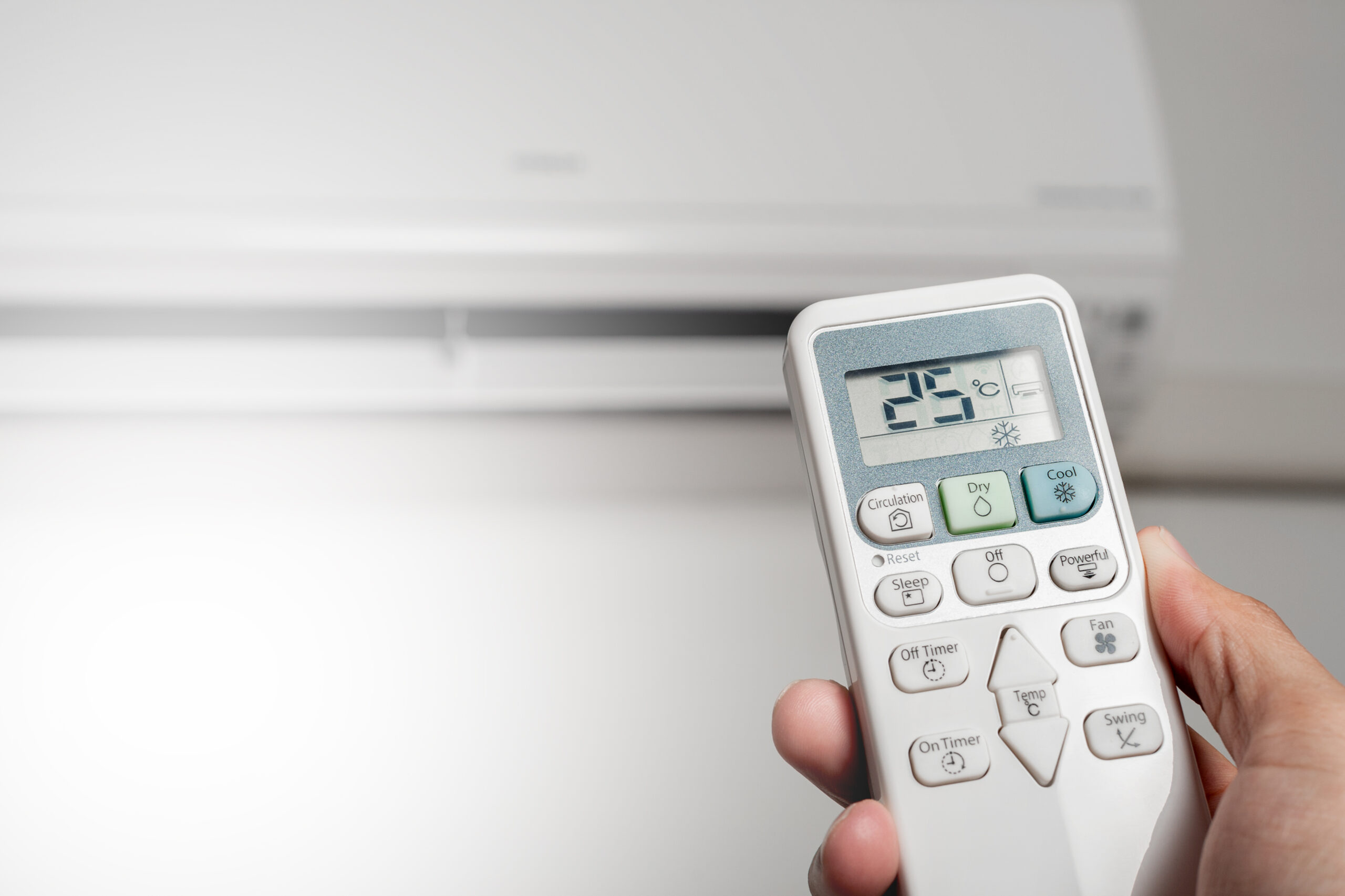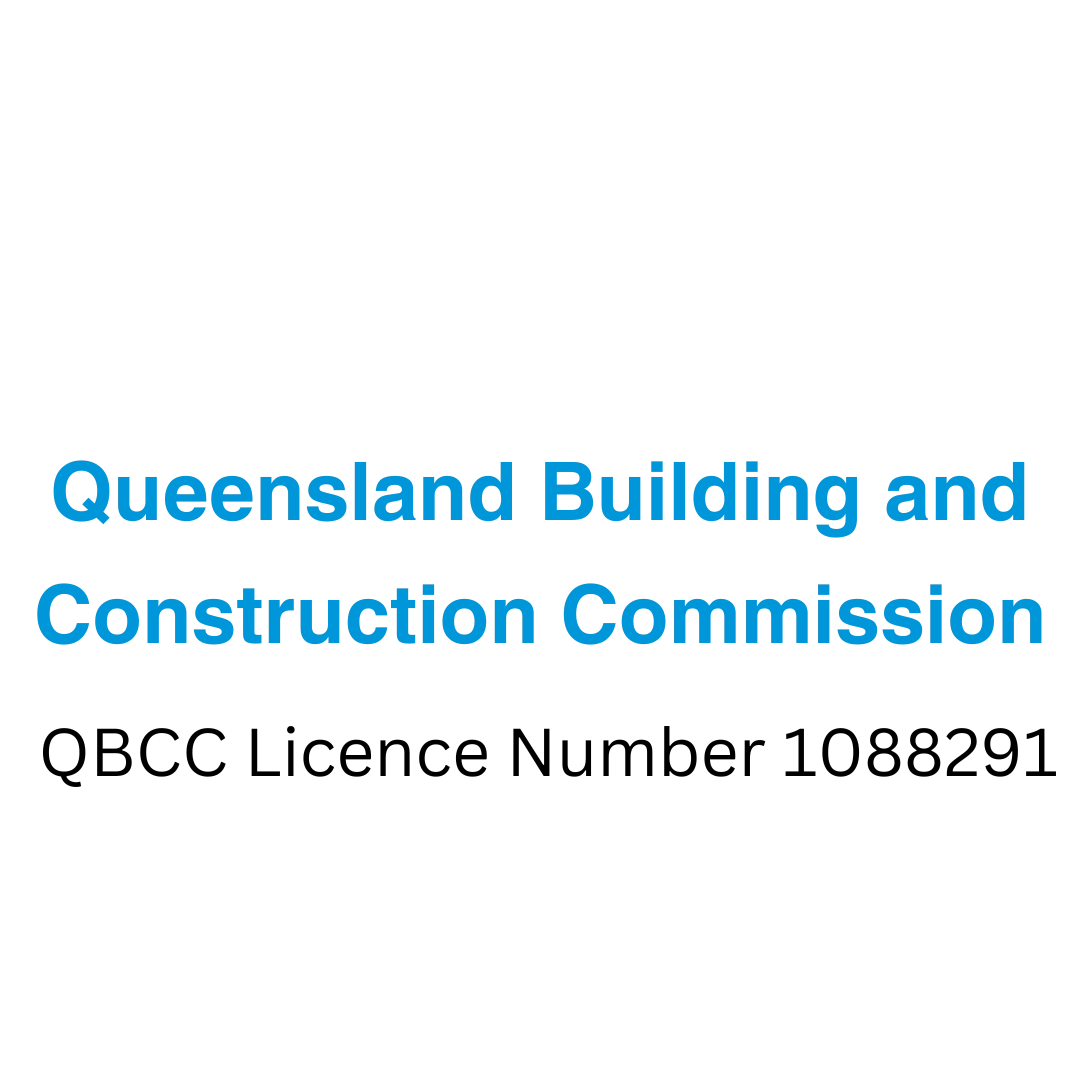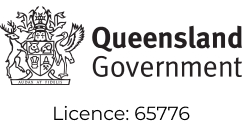How to run an aircon efficiently
Keeping home cooling and heating costs to a minimum doesn’t need to be complicated or even mean suffering through uncomfortably high or low temperatures. Running your aircon efficiently is as easy as adopting a few good home air conditioning habits.
Purchase an efficient air conditioner
You can help ensure your air conditioning system is efficient to operate across its useful life by paying attention to a few important points when you’re looking for a unit to purchase.
- Make sure the unit is the right size for the space you wish to cool/heat – An air conditioner which is too small will need to work very hard to maintain a consistent temperature in the room, therefore, will use more power. Alternatively, a system which is oversized for the room will use more energy than is practical.
- Choose an air conditioner with a high energy star rating – Find out more about air conditioning energy ratings and how to compare here – energyrating.gov.au.
- Select an inverter system – The inverter gently increases or decreases the output of the aircon to maintain a comfortable temperature in the room rather than the unit turning on and off continuously (which uses more power).
- Opt for a unit with a human sensor – This feature senses when there has been no one in the room for a set time (often 20 mins) and switches the aircon to Energy Saving Mode to reduce your home climate control costs.
- Get professional advice – Wading through the myriad of air conditioning variations can be confusing, to say the least. An experienced air conditioning technician can provide specific advice as to the unit which will work effectively in your home or business, is a perfect size, and will keep operating costs to a minimum.

Using your aircon efficiently
Get the most from your air conditioning system for less with these helpful tips.
Keep to 24℃ or 18℃
Maintaining the temperature setting at around 24℃ in summer and around 18℃ in winter ensures your system is working at its most efficient. Any increase or decrease from these settings can add significantly to your energy bills over time.
Shut off unused rooms
Close off unused areas of the home – if bedrooms rarely get used through the day close the doors to keep cooling/heating to areas in use. The opposite applies for night use when living areas are empty.
Use ducted aircon zones
Utilise the zoning system if you have a ducted air conditioning system – turning off zones that are not in use and closing doors to these areas.
For all your air conditioning needs, installs, repairs and servicing.
We Can Be There Today!
Book now
Keep the cool/warm in
Install effective insulation – ceiling and wall insulation can boost your home’s climate control measures by keeping the cool in and the heat out in summer and the reverse in winter.
Other methods of insulation can help as well such as using carpet or mats to stop cold tiles from reducing the temperature of the room and using curtains or awnings to keep the harsh midday sun out. Shady trees can provide relief from the summer sun which means your aircon doesn’t need to work so hard to keep your home cool.
Regular air conditioner maintenance
Regular servicing and maintenance are essential to keep the running costs of your aircon down. Clean filters and effectively functioning components allow the air conditioner to operate at its most efficient.
We recommend yearly servicing for cool-only models and twice-yearly maintenance checks for reverse cycle air conditioners.
Set the unit to Economy Mode
Many air conditioners have an ‘Economy Mode’ setting which limits the power consumption of the unit reducing running costs.
Ceiling fans
Use your ceiling fans to boost the air conditioner’s effectiveness. The ceiling fan can help to redistribute the already cooled or warmed air throughout the room reducing the pressure on the AC system.
Use Sleep Mode
Utilise your air conditioners ‘Sleep Mode’ or timers for cooling and heating during the night. This feature ensures a comfortable night’s sleep with economic heating/cooling control.
- How ‘Sleep Mode’ works – Our bodies generally require less cooling when we’re asleep. The ‘Sleep Mode’ on your air conditioner will regulate the air around you throughout the night automatically and increase the temperature by 0.5 to 1 degree per hour, up to a maximum of +3 degrees (depending on your air conditioning model) without you even noticing it. This way the unit neither has to work as hard nor does it have to be completely turned off for you to have a comfortable night’s sleep.
- Switching to ‘Sleep Mode’ – Some models have a Sleep or Night set button on the remote control. Press the button to activate the feature; each time you press it, the timer adds an hour. Your air conditioner might not have a night set button, but by using the Off Timer or i-save mode, you’ll achieve the same result.
- Daikin models automatically increase the temperature by 0.5 °C in COOL when the Off Timer is set (NIGHT SET mode). To use the Off-Timer feature, check if the clock is correct, press the Timer button and then the Select button until the time setting reaches the point you like.
- Mitsubishi Electric split-type air conditioners come with an i-save mode which is suitable for while you are sleeping. Just press the i-save button, set a temperature (2°C to 3°C warmer in COOL) and select the fan speed and airflow direction. Now you can recall the preset with a single push of the i-save button before you go to bed. You could also set an on and off timer instead, so your air conditioner turns off when you’re fast asleep and back on before you wake up.
Speak to the air conditioning experts
If you’re worried that your air conditioner is costing you too much to operate we recommend having it checked by a licenced air conditioning technician. Even small aircon faults can cause the rest of the unit to work harder to compensate, leading to higher energy consumption over time.








